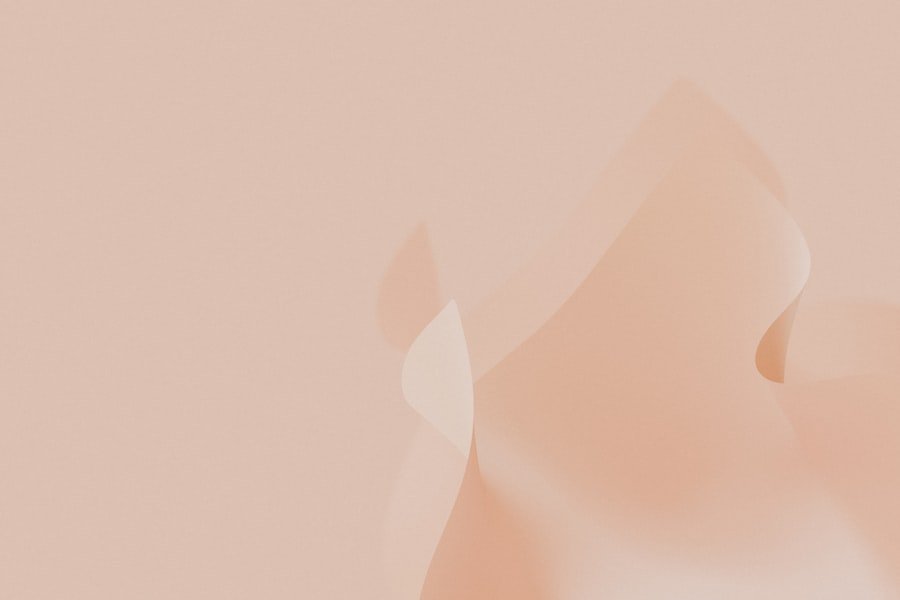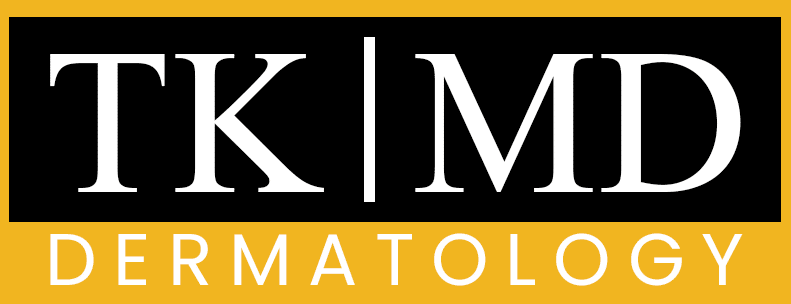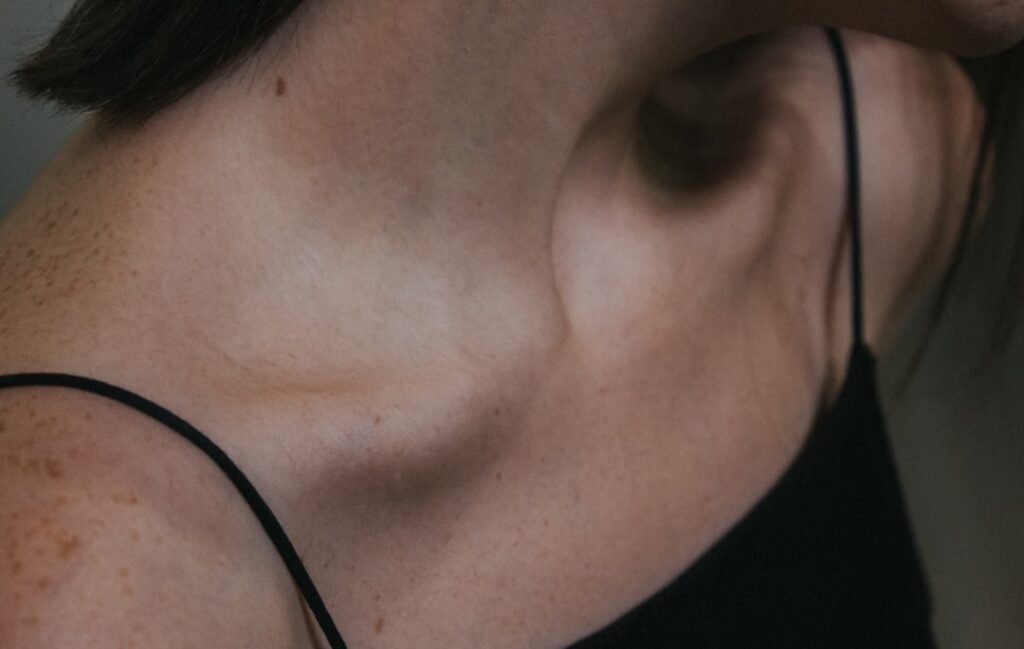Scalp pimples, often an uncomfortable and frustrating condition, can arise from a variety of factors. One of the primary causes is the overproduction of sebum, the natural oil produced by sebaceous glands. When these glands become overactive, they can lead to clogged hair follicles, creating an environment conducive to bacterial growth.
This can result in inflammation and the formation of pimples on the scalp. Hormonal fluctuations, particularly during puberty, menstruation, or pregnancy, can exacerbate this condition by increasing sebum production. Additionally, certain medications, particularly those that affect hormone levels, can also contribute to the development of scalp acne.
Another significant factor contributing to scalp pimples is poor hygiene.
Infrequent washing of the hair can lead to a buildup of dirt, oil, and dead skin cells, which can clog pores and lead to breakouts.
Moreover, the use of heavy hair products such as gels, pomades, and oils can further exacerbate the problem by leaving residues that irritate the scalp.
Environmental factors such as humidity and pollution can also play a role in the development of scalp acne. These elements can lead to increased sweating and oil production, creating a perfect storm for pimples to form. Understanding these underlying causes is crucial for effectively addressing and managing scalp pimples.
Key Takeaways
- Scalp pimples can be caused by a variety of factors, including excess oil production, clogged hair follicles, and bacterial or fungal infections.
- Different types of scalp pimples include scalp acne, folliculitis, and seborrheic dermatitis, each requiring different treatment approaches.
- Preventing scalp pimples involves maintaining good hygiene, avoiding harsh hair products, and managing stress levels.
- Over-the-counter products such as shampoos containing salicylic acid or tea tree oil can help treat scalp pimples effectively.
- Natural remedies like apple cider vinegar rinses and aloe vera gel can also be used to alleviate scalp pimples, but professional help should be sought if symptoms persist or worsen.
Identifying Different Types of Scalp Pimples
Scalp pimples can manifest in various forms, each with distinct characteristics and underlying causes. One common type is folliculitis, which occurs when hair follicles become inflamed due to bacterial or fungal infections. Folliculitis often presents as small red or white bumps that may be itchy or painful.
This condition can be triggered by factors such as shaving the scalp, wearing tight hats, or excessive sweating. Recognizing folliculitis is essential because it may require specific treatments to address the underlying infection. Another type of scalp pimple is cystic acne, which is characterized by larger, painful lumps beneath the skin’s surface.
Cystic acne occurs when pores become deeply clogged with oil and dead skin cells, leading to inflammation and infection. Unlike folliculitis, cystic acne can be more challenging to treat and may require interventions such as prescription medications or professional treatments. Additionally, there are also keratosis pilaris-like bumps that can appear on the scalp.
These are typically harmless and result from a buildup of keratin around hair follicles. While they may not be painful or itchy, they can still be a cosmetic concern for some individuals.
Tips for Preventing Scalp Pimples

Preventing scalp pimples involves a multifaceted approach that includes proper hygiene practices and lifestyle adjustments. Regularly washing the hair with a gentle shampoo is crucial for removing excess oil and dirt that can clog pores. It is advisable to choose sulfate-free shampoos that do not strip the scalp of its natural oils while still effectively cleansing it.
For individuals with oily scalps, incorporating clarifying shampoos into their routine once a week can help remove product buildup and prevent breakouts. In addition to maintaining cleanliness, individuals should be mindful of the hair products they use. Opting for non-comedogenic products—those formulated not to clog pores—can significantly reduce the risk of developing scalp pimples.
Furthermore, avoiding heavy styling products that contain oils or waxes can help keep the scalp clear. It is also beneficial to limit the use of heat styling tools, as excessive heat can irritate the scalp and exacerbate existing conditions. Wearing loose-fitting hats and avoiding tight hairstyles can also help minimize friction and irritation on the scalp.
Over-the-Counter Products for Treating Scalp Pimples
| Product Name | Main Ingredient | Price | Effectiveness |
|---|---|---|---|
| Neutrogena T/Sal Therapeutic Shampoo | Salicylic Acid | 8.99 | 4.5/5 |
| Head & Shoulders Clinical Strength Shampoo | Pyrithione Zinc | 6.99 | 4/5 |
| Paula’s Choice CLEAR Extra Strength Anti-Redness Exfoliating Solution | Salicylic Acid | 29.00 | 4.5/5 |
When it comes to treating scalp pimples, several over-the-counter products can provide relief and promote healing. One popular option is salicylic acid, a beta hydroxy acid known for its ability to exfoliate the skin and unclog pores. Shampoos containing salicylic acid can help reduce inflammation and prevent future breakouts by keeping hair follicles clear of debris.
Regular use of such products can lead to noticeable improvements in scalp health. Another effective ingredient is benzoyl peroxide, which has antibacterial properties that target the bacteria responsible for acne. Shampoos or topical treatments containing benzoyl peroxide can help reduce inflammation and kill acne-causing bacteria on the scalp.
However, it is essential to use these products cautiously, as they can sometimes cause dryness or irritation if used excessively. Additionally, tea tree oil is a natural alternative that has gained popularity for its antimicrobial properties. Shampoos infused with tea tree oil can help soothe inflammation and reduce the severity of scalp pimples while providing a refreshing sensation.
Natural Remedies for Scalp Pimples
For those seeking natural remedies for scalp pimples, several options may offer relief without harsh chemicals. One effective remedy is apple cider vinegar (ACV), known for its antibacterial and anti-inflammatory properties. Diluting ACV with water and applying it to the scalp can help restore pH balance while reducing inflammation and preventing bacterial growth.
The acidic nature of ACV may also help exfoliate dead skin cells, promoting healthier hair follicles. Another popular natural remedy is aloe vera gel, which is renowned for its soothing properties. Applying fresh aloe vera gel directly to the affected areas can provide relief from itching and irritation while promoting healing due to its anti-inflammatory compounds.
Additionally, essential oils such as lavender or chamomile can be diluted with a carrier oil and massaged into the scalp to alleviate inflammation and promote relaxation. These natural remedies not only address existing pimples but also contribute to overall scalp health.
When to Seek Professional Help for Scalp Pimples

While many cases of scalp pimples can be managed at home with proper care and over-the-counter treatments, there are instances when professional help is necessary. If scalp pimples persist despite consistent treatment efforts or if they worsen over time, it may be time to consult a dermatologist. Persistent acne could indicate an underlying condition that requires specialized attention or prescription medications.
Additionally, if scalp pimples are accompanied by severe pain, swelling, or signs of infection such as pus or fever, seeking immediate medical attention is crucial. A dermatologist can provide a comprehensive evaluation and recommend appropriate treatments tailored to individual needs. In some cases, they may suggest prescription-strength topical treatments or oral medications that are more effective than over-the-counter options.
Lifestyle Changes to Help Manage Scalp Pimples
Incorporating lifestyle changes can significantly impact the management of scalp pimples. A balanced diet rich in vitamins and minerals plays a vital role in maintaining healthy skin and hair. Foods high in antioxidants, such as fruits and vegetables, can help combat inflammation while promoting overall skin health.
Omega-3 fatty acids found in fish like salmon or flaxseeds may also contribute to reducing inflammation in the body. Stress management is another critical aspect of preventing scalp pimples.
High-stress levels can trigger hormonal fluctuations that exacerbate acne conditions.
Engaging in regular physical activity, practicing mindfulness techniques such as meditation or yoga, and ensuring adequate sleep are all effective strategies for managing stress levels. Additionally, staying hydrated by drinking plenty of water throughout the day helps maintain skin elasticity and overall health.
Final Thoughts on Dealing with Scalp Pimples
Dealing with scalp pimples requires a comprehensive understanding of their causes and effective management strategies tailored to individual needs. By recognizing different types of scalp acne and implementing preventive measures such as proper hygiene practices and lifestyle changes, individuals can significantly reduce their occurrence. Over-the-counter treatments offer accessible solutions for many people; however, natural remedies provide gentle alternatives that may suit those looking for holistic approaches.
Ultimately, if self-care measures do not yield satisfactory results or if symptoms worsen, seeking professional guidance from a dermatologist is essential for effective treatment options tailored to specific conditions. With patience and persistence in managing scalp health, individuals can achieve clearer skin and improved overall well-being.
If you are struggling with pimples on your head, you may also be interested in learning about the best laser treatment for acne scars. Dr. Trisha Khanna provides valuable information on top options for laser treatments that can help improve the appearance of acne scars. To read more about this topic, check out this article.
FAQs
What are pimples on the head?
Pimples on the head are small, raised bumps on the scalp that are caused by clogged hair follicles or oil glands. They can be red, inflamed, and sometimes filled with pus.
What causes pimples on the head?
Pimples on the head can be caused by a variety of factors, including excess oil production, hormonal changes, stress, poor hygiene, and certain hair products. They can also be a result of bacterial or fungal infections.
How can pimples on the head be treated?
Treatment for pimples on the head may include using over-the-counter or prescription-strength shampoos, topical creams, or oral medications to reduce inflammation and kill bacteria. Keeping the scalp clean and avoiding harsh hair products can also help prevent and treat pimples on the head.
When should I see a doctor about pimples on the head?
If pimples on the head are persistent, painful, or accompanied by other symptoms such as fever or swollen lymph nodes, it is important to see a doctor. Additionally, if home remedies and over-the-counter treatments are not effective, a dermatologist can provide further evaluation and treatment options.


